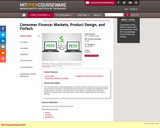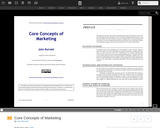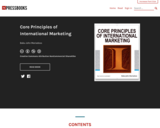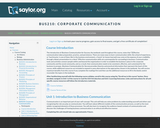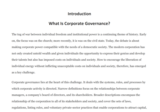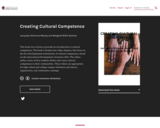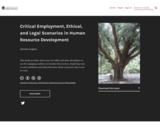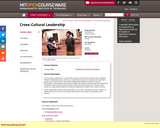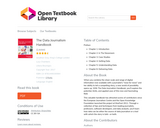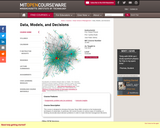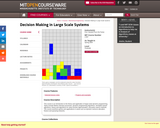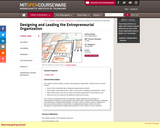
Moodle Net course associated with the textbook: https://louis.pressbooks.pub/computerapplications/
Welcome to the Computer Applications course. This course focuses on both theoretical knowledge and hands on application projects. The course will prepare students to not only utilize Microsoft Word, Excel, PowerPoint, and Access software, but will also to be able to translate this knowledge to other similar application software commonly used in industry. This course was created through Interactive OER for Dual Enrollment, a project led by LOUIS: The Louisiana Library Network (https://louislibraries.org) and funded with a $2 million Open Textbooks Pilot Program grant from the Department of Education. This project supports the extension of access to high-quality post-secondary opportunities to high school students across Louisiana and beyond. It features a collaboration between educational systems in Louisiana, the library community, Pressbooks, and workforce representatives to enable and enhance the delivery of open educational resources (OER) and interactive quiz and assessment elements for priority dual enrollment courses in Louisiana and nationally. Developed OER course materials are released under a license that permits their free use, reuse, modification and sharing with others. This includes a textbook and corresponding course available in Moodle and Canvas that can be imported to other platforms. For access/questions, contact Affordable Learning Louisiana (alearningla@laregents.edu). If you are adopting this resource, we would be glad to know of your use via this brief survey: https://survey.co1.qualtrics.com/jfe/form/SV_41Olbogjof6HUay
- Subject:
- Applied Science
- Business and Communication
- Computer Science
- Material Type:
- Full Course
- Provider:
- LOUIS: The Louisiana Library Network
- Provider Set:
- Interactive OER for Dual Enrollment Grant
- Author:
- Ann Williams
- Brandy Burbante
- Dennis Sigur
- Jennifer Lavergne
- Juana Moreno
- Sudhir Trivedi
- Date Added:
- 05/22/2024
